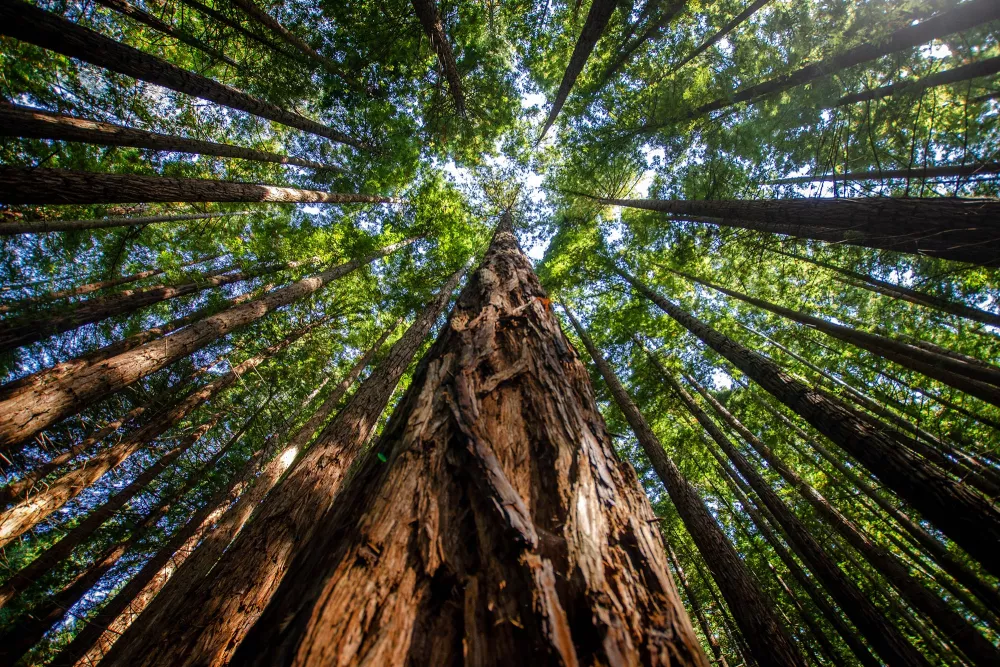Now live: The 2025 Canopy Report. Learn how Americans see trees. GET THE REPORT
Bulletin
Help Fight Invasive Trees
No one can argue that our world is shrinking. With modern trade and transportation systems, environmental change is inevitable. The spread of plants beyond their natural range is one of these changes. Unfortunately, in many cases, this is detrimental or even disastrous to the local ecosystems where the plants are introduced. We cannot turn back the hands of time or stop the invasion of alien plants. However, we can and should recognize the problems and take action to keep invasives under control.

We venture into dangerous territory with this topic.
One problem is that a tree considered as an invasive to one person may be highly valued by another. It is somewhat analogous to ‘one person’s trash is another person’s treasure.’ Another thing that makes this topic difficult is that a tree in its natural habitat most likely is harmless and fills an ecological niche. It is when that tree is transported outside its natural range that it can sometimes become troublesome.
There is also the challenge of unlearning longstanding information. For example, autumn olive trees (Elaeagnus umbellata) were once touted by natural resource professors and managers as the thing to plant to help wildlife. This species was introduced into the United States around 1830 and until recently was promoted as a way to improve wildlife habitat and control soil erosion. Unfortunately, this small tree has the ability to create dense shade, crowd out native vegetation, interfere with natural plant succession, and disrupt nutrient cycling. In short, it alters the ecosystem — and not in a beneficial way.
Still another challenge is that some invasive trees, like invasive insects, have lookalikes that are perfectly harmless and in many cases beneficial. Native sumac species (Rhus sp.) and young walnut trees (Juglans) can easily be confused with the invasive tree-of-heaven (Ailanthus altissima). Finally, there is sometimes name confusion. For example, the common name goldenraintree is used both with the benign shade tree, Koelreuteria paniculata and its invasive cousin, Koelreuteria elegans.
Despite these difficulties, there are enough bad actors among trees and disastrous ecological consequences that the topic warrants the attention of tree boards, urban foresters, and landowners. Vines, too, can be villainous in the landscape. The smothering effects of white bryonia and English ivy are well known, and the infamous kudzu is said to sometimes grow one foot in a day. These and other plants require action, too, but we focus primarily on trees in this issue.
In This Bulletin
Here’s what’s inside:
- Fundamentals of Invasive Trees – identifying what makes a tree invasive
- Some Common Invasive Trees and Shrubs – a list of offenders
- Fighting Back – examples of communities working to control invasive trees
- What You Can Do – steps homeowners can take
